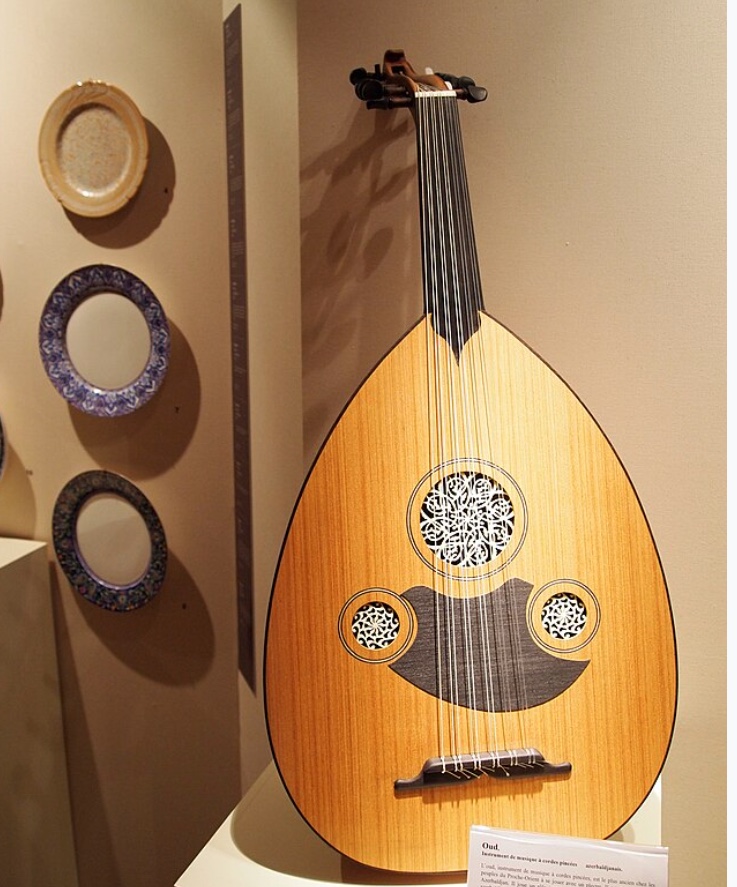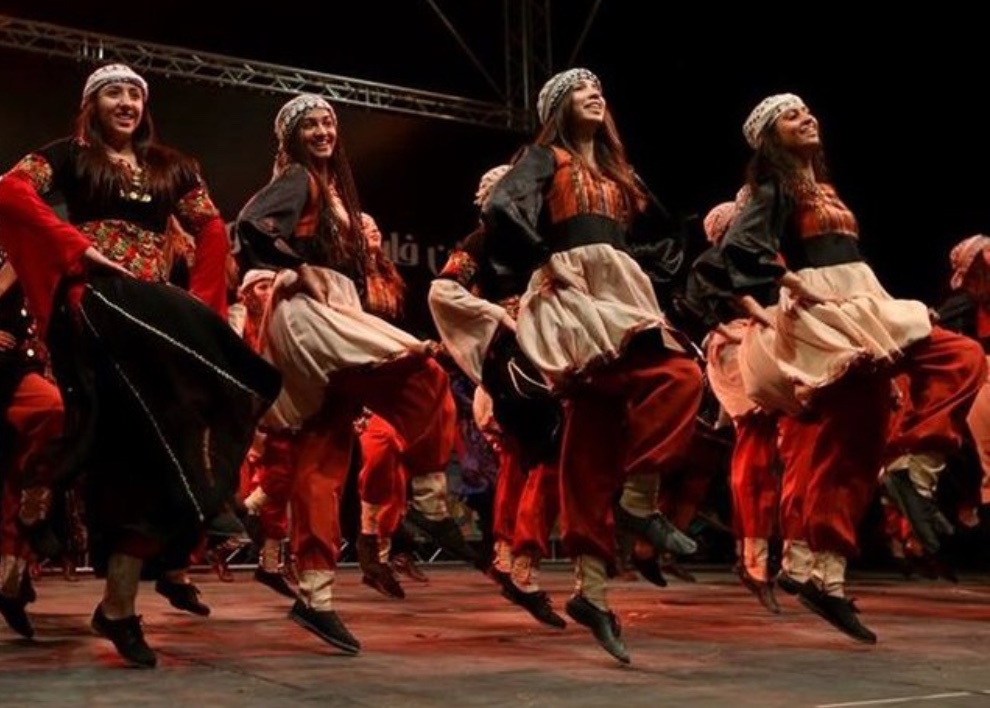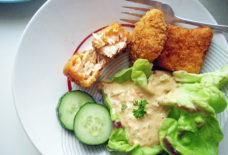Exploring Middle Eastern Music and Dance

By: Fedal Hanoun / Arab America Contributing Writer
With music and dance at the core of its customs, the Middle East boasts one of the richest cultural legacies in the world. Middle Eastern music captures themes of love, celebration, and spirituality, from the complex melodies of the oud to the hypnotic rhythms of the darbuka. Complementing this music are culturally significant dance traditions such as belly dancing and Dabke. Arab America contributing writer, Fedal Hanoun, explores popular and rare Middle Eastern musical instruments, examines famous dance traditions, and uncovers lesser-known aspects of this vibrant cultural scene.
Middle Eastern Popular Instruments
Oud
In the Middle East, the oud is sometimes regarded as the “king of instruments”. Enchanting listeners for millennia, this pear-shaped, fretless lute generates a warm and resonant tone. Whether in classical works or modern tunes, its roots span more than 5,000 years and remain prominent in Middle Eastern music. Lack of frets lets players create microtones, a trademark of Arabic music.
Darbuka (Doumbek)
Driven much of Middle Eastern rhythm by its sharp, crisp strokes, the darbuka is a goblet-shaped drum. Made from wood, metal, or clay, the darbuka’s adaptability qualifies it for many environments, from traditional folk music to contemporary pop. Dabke dances frequently center on its rhythmic patterns.
Qanun
Comprising a trapezoidal form and up to 81 strings, the qanun is a zither-like instrument. Usually, it is performed with little plectra fastened to the fingertips. A mainstay of Middle Eastern orchestras, the qanun is employed to generate melodic embellishments, therefore giving a refined touch to musical pieces. Its shimmering tone is well-known.
Other Instruments
Nay
Actually, the nay, a reed flute, originated in ancient Mesopotamia and Egypt. Played across the open end, it generates hauntingly evocative tones fundamental to Sufi music and ceremonies. In spiritual and emotional settings, the nay is a great instrument because of its simplicity which hides its expressive richness.
Riq
The riq is a kind of tambourine that transcends mere percussion instrument. Middle Eastern music gains a shimmering, vibrant quality from its little frame and jingling cymbals. It’s a supporting and solo instrument since skilled players utilize it to produce intricate rhythmic patterns.
Mijwize
Often used in Levantine music, the mijwiz is a conventional double-pipe reed instrument. Played circular breathing, it creates a dreamy, droning sound. Particularly at Dabke concerts, it is usually connected with rural festivities and folk music.
Santur
Originating in Persia but extensively used in Iraq, Syria, and Lebanon, the santur is a hammered dulcimer Played with delicate wooden mallets, the santur generates a bell-like cascading sound. Its adaptability lets it move easily between traditional and classical music.
Dance Forms: Middle Eastern Culture’s Heartbeat

Often at festivities and weddings, dabke is a traditional Levantine folk dance carried out in a line or circle. Originally from small towns, its repetitive stomping movements were first utilized to crush mud roofs. With variations throughout Syria, Lebanon, Jordan, and Palestine, Dabke today represents pride and unity. Leading dancer, or “raas,” directs the group by improvising complex footwork to highlight ability and inventiveness.
Raqs Sharqi’s Belly Dancing
Among the most well-known styles of Middle Eastern dance worldwide is belly dancing, sometimes known as Raqs Sharqi. Belly dance blends grace and strength and is typified by fluid, undulating motions of the hips and torso. Originally from Egypt, it has developed into several styles including Turkish and Lebanese versions. Often adding layers of skill, the dance uses props such veils, swords, and finger cymbals (sagat).
Khaleegi Motion
Originating from the Gulf, Khaleegi dance is a social dance for women carried out at events including weddings. Often tossing their hair in rhythmic gestures to the beat of drums, dancers move gracefully wearing flowing thobes—traditional gowns.
Dance from Tanoura
Originally from Egypt, Tanoura is a mystical and spiritual dance carried out at Sufi rituals by whirling dervishes. To represent spiritual ascent, dancers spin nonstop in vibrantly multi-layered skirts. Complementing classic instruments like the nay and daf, Tanoura is more of a visual feast than a melodic one.
Middle Eastern Music and Dance’s Global Reach
Middle Eastern music and dance appeal everywhere more and more. Jazz and fusion music have incorporated instruments like the oud and darbuka; belly dancing is now performed all over. Middle Eastern musicians and dancers have embraced contemporary forms, combining innovation with legacy to appeal to audiences all around.
Conclusion
Middle Eastern dance and music provide a window into the essence of an area with a rich and varied cultural past. From the ageless melodies of the oud and qanun to the energetic rhythms of Dabke and belly dancing, these arts still enthrall and inspire. Lesser-known instruments like the santur and mijwiz provide this legacy more nuance and serve as a reminder of the Middle East’s ongoing worldwide influence. Celebrating and safeguarding these customs helps us to respect the tales and spirit they represent and thus secure their legacy for next generations.
Check out Arab America’s blog here!








